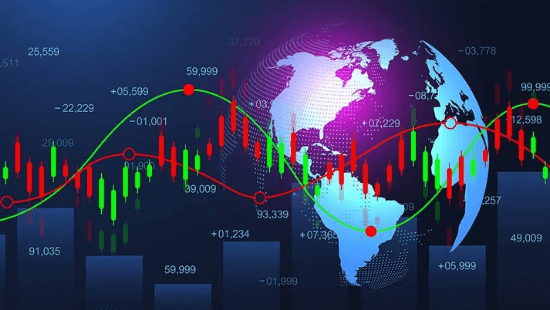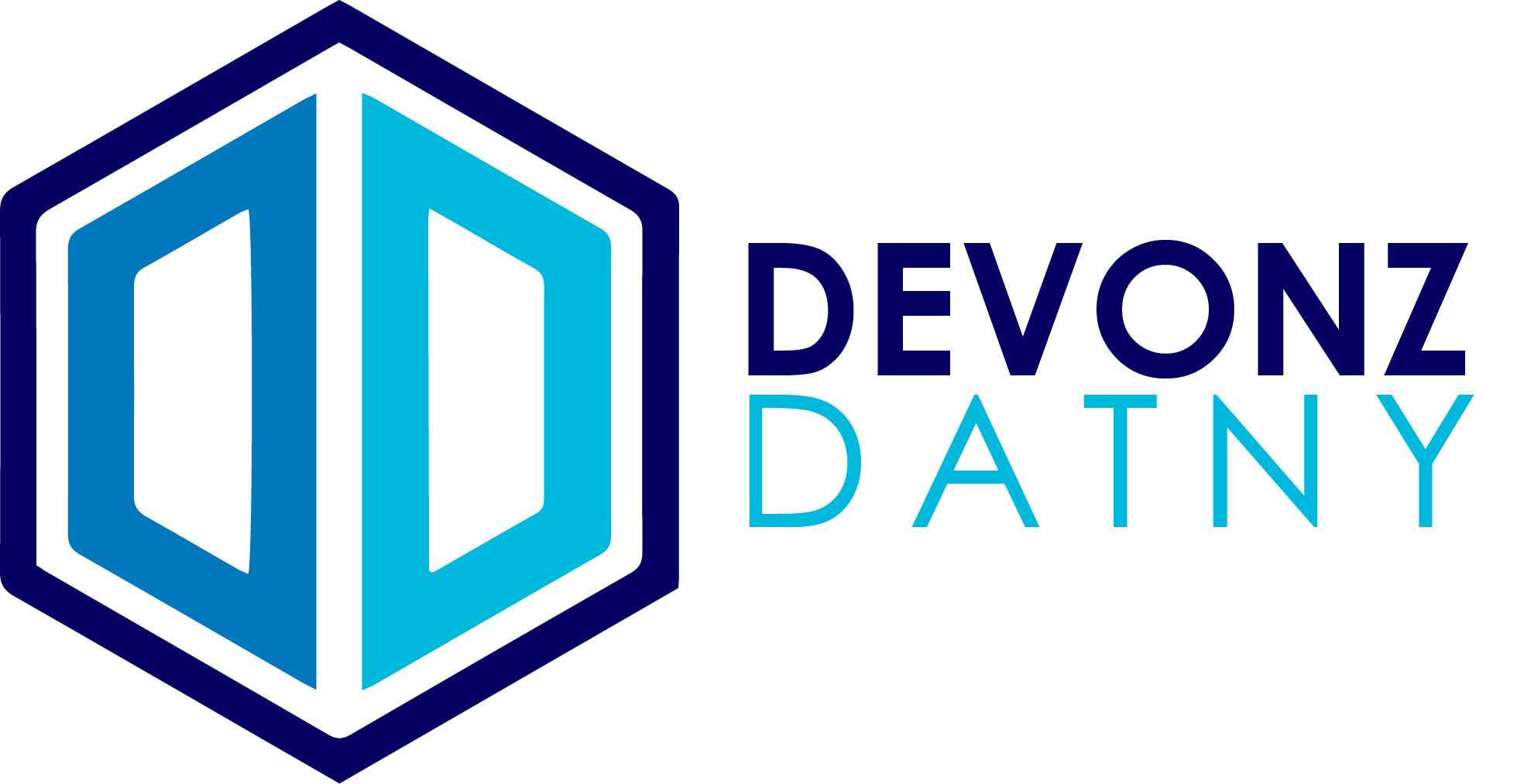
Discover the essentials of the forex market, the intricacies of currency pairs, and how traders can profit from their fluctuations. This forex course guide aims to provide you with a foundational understanding to kickstart your forex trading journey.
Introduction
The foreign exchange market, more commonly known as forex, stands as the largest financial market in the world. With a daily trading volume surpassing $6 trillion, it offers countless opportunities for individual and institutional traders alike. If you’re eager to dive into this vast ocean of currencies, an effective forex course is indispensable. Here’s a primer to help you navigate the intricate currents of forex.
What is Forex?
Forex, or the foreign exchange market, refers to the decentralized global marketplace where currencies are traded. It’s open 24 hours a day, five days a week, and involves all the world’s currencies. Think of it as a giant currency exchange shop, but instead of tourists, it’s frequented by global banks, corporations, governments, and individual traders.
Why Learn Through a Forex Course?
Starting with a comprehensive forex course offers multiple benefits:
- Foundational Knowledge: Grasping the basics ensures you’re not trading blindly.
- Risk Management: Any investment involves risks. Learn how to manage and mitigate them.
- Strategies and Techniques: Gain exposure to tried and tested trading strategies.
- Stay Updated: The forex market is dynamic. Regular courses keep you informed of the latest trends and tools.
Key Forex Concepts Every Trader Should Know
- Currency Pairs: Forex trades involve two currencies, such as EUR/USD. The first currency is the ‘base’, and the second is the ‘quote’.
- Pips: A measure of movement in the forex market. Typically, it’s the fourth decimal point in a currency quote.
- Leverage: This allows traders to control a large position with a relatively small amount of money.
- Margin: The initial deposit required to open a trade using leverage.
Analytical Tools in Forex
An effective forex course will introduce various tools, including:
- Fundamental Analysis: Evaluating currencies based on economic indicators and news events.
- Technical Analysis: Studying price charts and using technical indicators to predict future movements.
- Sentiment Analysis: Gauging market sentiment, whether traders are bullish or bearish.
Steps to Start Trading
- Education: Begin with a robust forex course.
- Choosing a Reliable Broker: Ensure they’re regulated and offer a suitable trading platform.
- Demo Trading: Practice without risking real money.
- Live Trading: Start small, and use the knowledge and strategies you’ve learned.
Common Mistakes to Avoid
Over-leveraging
Neglecting stop-loss orders
Trading based on emotions
Chasing after losses
Conclusion
The world of forex trading is vast and filled with opportunities. However, the path to consistent profitability requires dedication, knowledge, and an ever-evolving skill set. Starting with a comprehensive forex course can set the foundation for a successful trading journey. As you delve deeper, remember that continuous learning and practice are your most trustworthy allies in the forex market.

